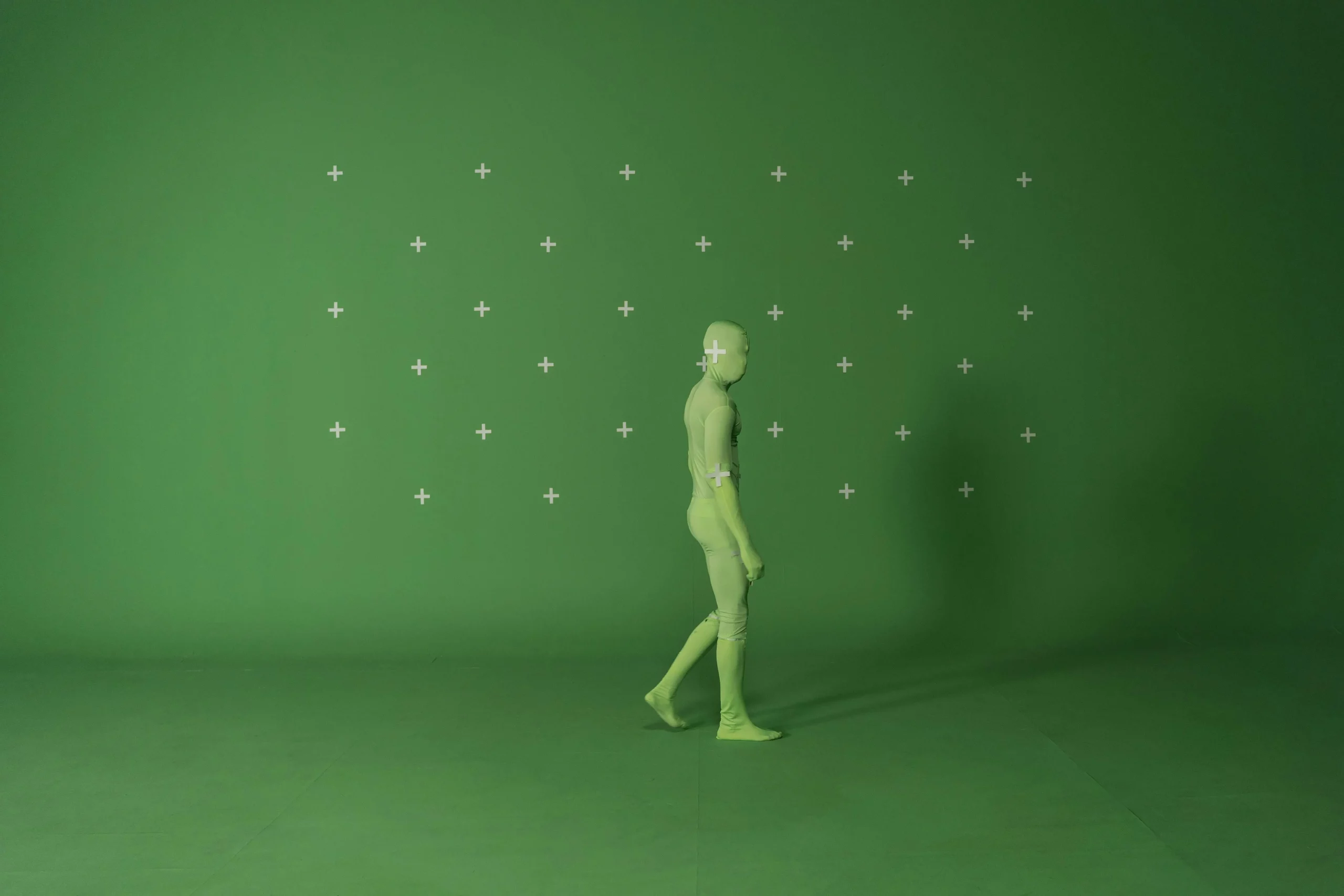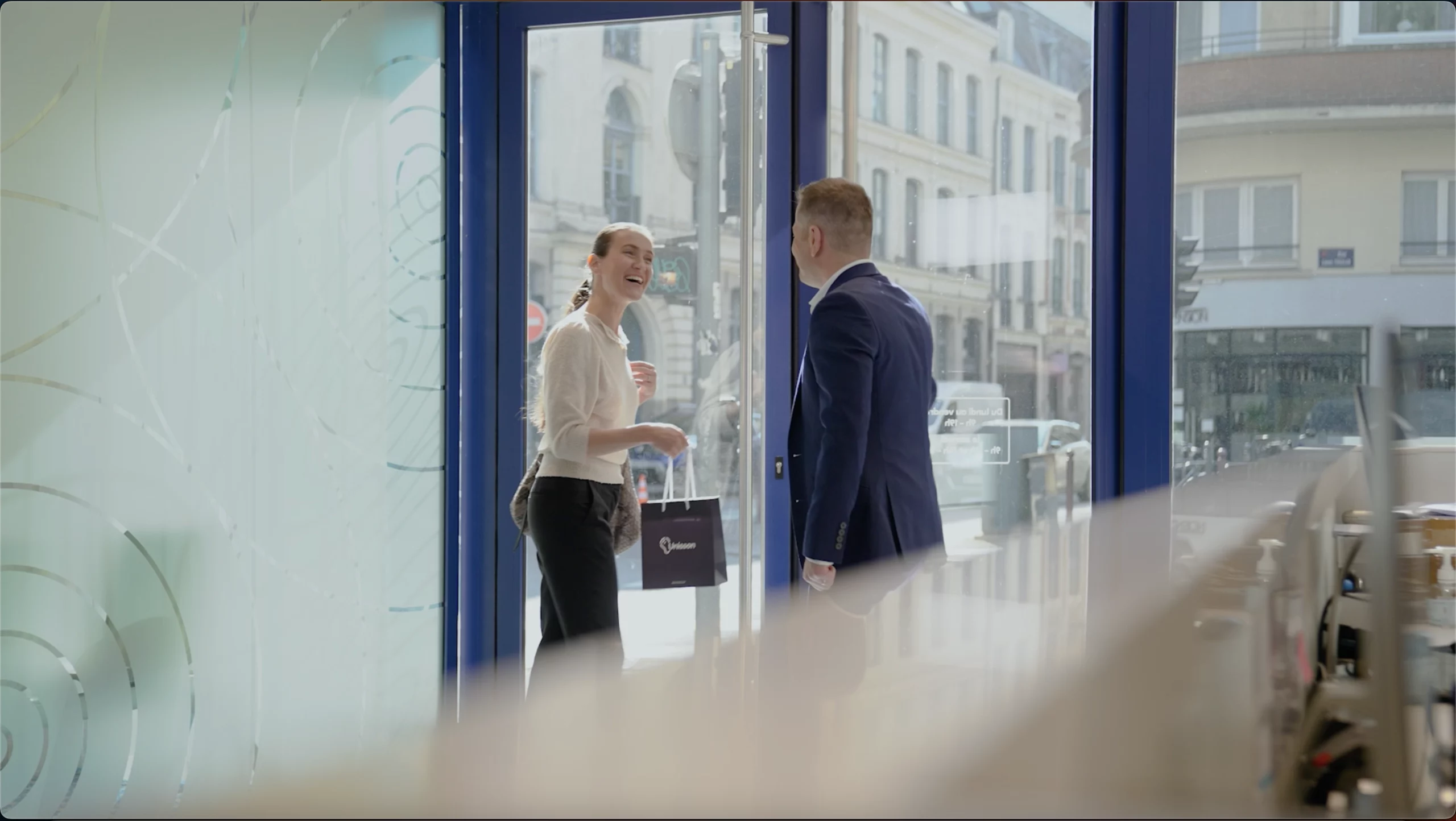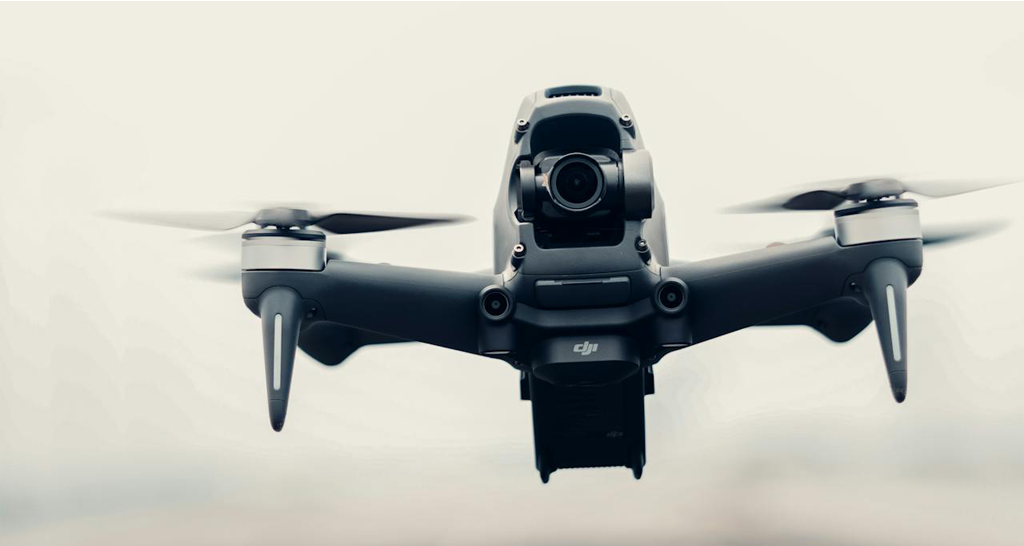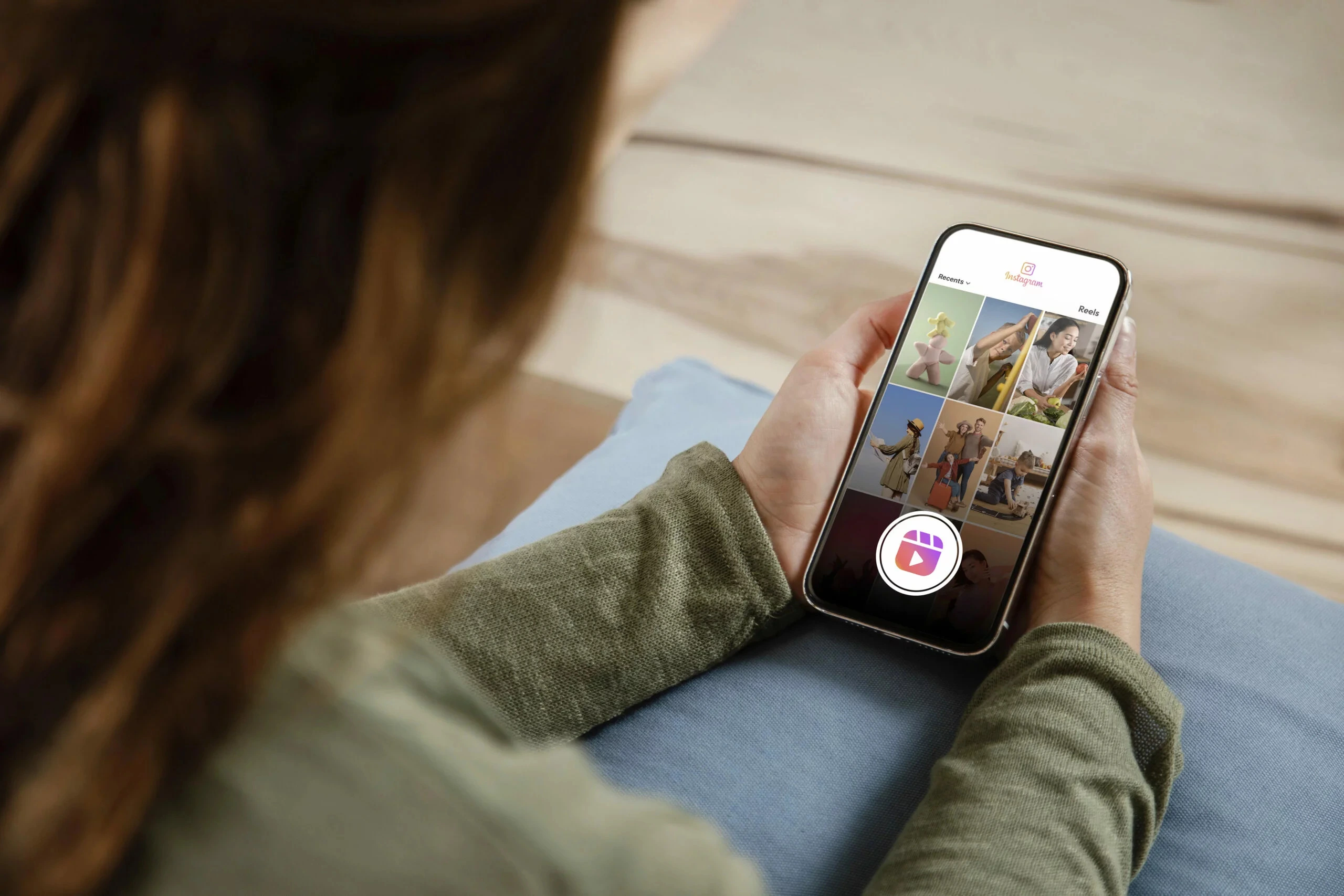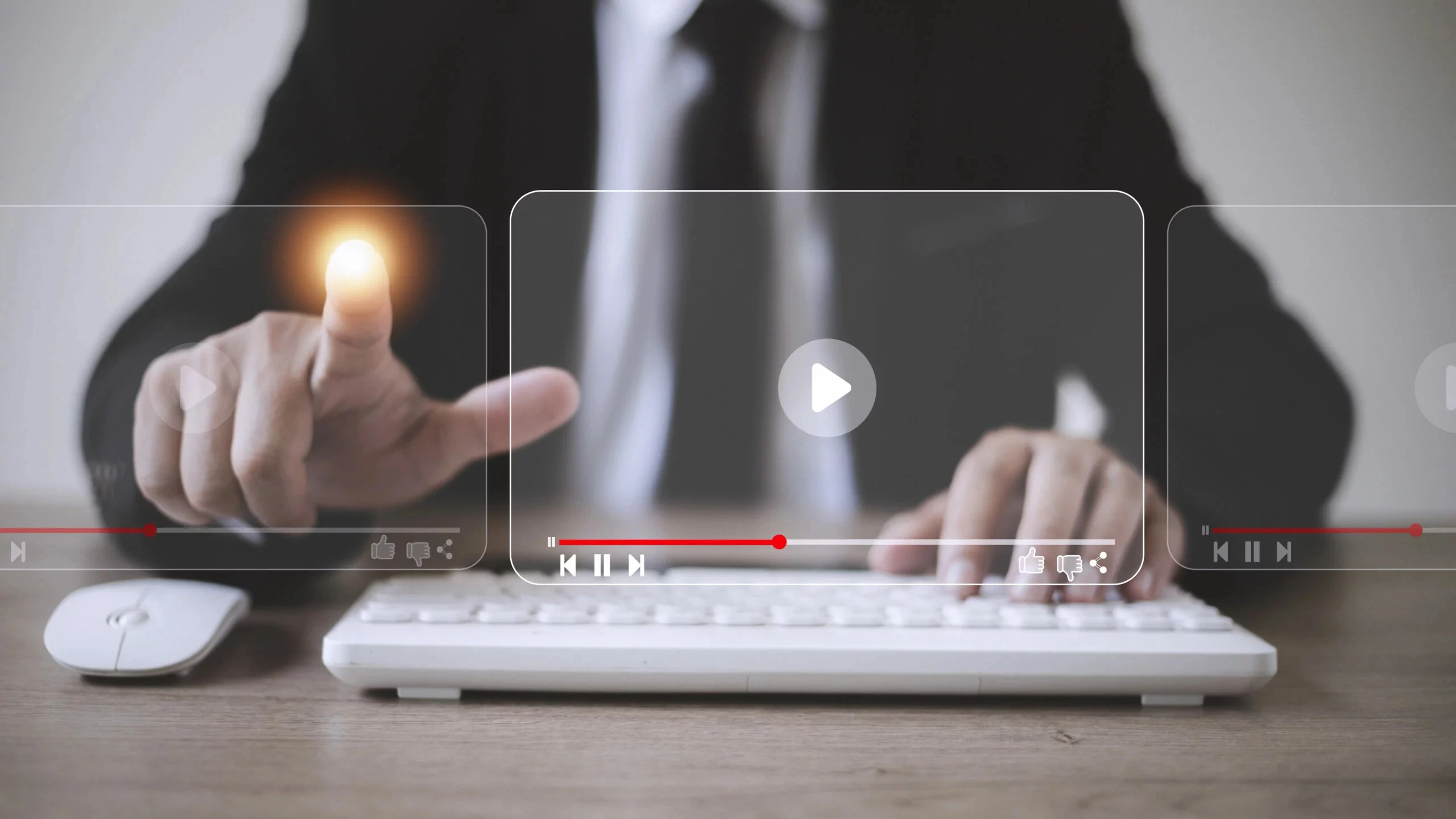Artificial intelligence, Video
Artificial intelligence at the heart of tomorrow’s audiovisual creation
19 September 2025
The audiovisual industry is undergoing a revolution, and artificial intelligence is playing a central role in this transformation. From scriptwriting to directing to post-production, AI offers infinite possibilities for improving efficiency and creativity. This article explores the innovative applications of AI in audiovisual production and the benefits it offers to creators, producers and directors.
A new era in screenwriting
AI as a creative assistant
Screenwriting has always been a demanding art, but technology is now making it possible to take this creativity a step further. Tools such as ChatGPT, Writer.ai or ScriptBook allow scriptwriters to generate ideas, structure stories and even write dialogue. These tools use advanced natural language processing algorithms to analyze millions of texts and offer suggestions in real time.
In our pre-production phases, we explore this type of tool to enrich the creative processes of our teams and our customers, while maintaining an authentic, tailor-made approach.
More inclusive and diverse scenarios
Artificial intelligence also makes it possible to create more inclusive narratives. By analyzing huge databases, AI systems can detect biases in existing scenarios, helping to foster better representation of genders, ethnicities and social groups in stories. This paves the way for richer, more diverse stories that better meet the expectations of modern audiences. Small-scale production attaches great importance to representation and diversity: AI can be an interesting lever for nurturing these commitments in the stories we accompany or produce.
Intelligent tools to support filmmakers
Intelligent, automated capture
Among the most striking advances, artificial intelligence-assisted video generation tools are redefining the boundaries of audiovisual creation. These technologies, capable of generating videos from textual, vocal or visual descriptions, offer creators a new freedom of expression. Platforms such as Midjourney, Runway, Pictory or Synthesia allow us to produce images, visual sequences, montages and even animated characters, while automating complex tasks such as lip-synchronization and dynamic focus adjustment. We regularly use these solutions within the agency to push back the boundaries of visual storytelling.
Artificial intelligence-assisted visual effects
Visual effects (VFX) are increasingly produced using AI tools capable of automating some of the work traditionally carried out by VFX artists. Software such as
Solving complex problems
Intelligent automated editing
Video editing is one of the most time-consuming stages in audiovisual production. Artificial intelligence now makes it possible to simplify editing by automating the sorting of shots and suggesting cuts. Software such as Adobe Premiere Pro and DaVinci Resolve include AI functionalities that analyze images, sound and narration to propose coherent, efficient edits.
Improving sound quality with AI
This technology has also made advances in the audio field, enabling a significant improvement in sound quality. Tools such as iZotope RX use artificial intelligence to clean up audio recordings, eliminate background noise and optimize vocal clarity. This enables sound engineers to work faster and create better quality mixes in less time. Our sound engineers rely on these tools to deliver impeccable sound reproduction, even in sometimes complex recording conditions.
The ethical and creative challenges of artificial intelligence
AI and creativity: collaboration or competition?
While artificial intelligence opens up new possibilities in audiovisual creation, it also raises questions about the balance between technology and human creativity. Could the increasing use of AI in the creative process reduce the artistic input of directors and scriptwriters? Or on the contrary, could artificial intelligence become a complementary tool that frees creators from repetitive tasks, allowing them to focus on the very essence of their art? At La petite production, we believe that this technology is not there to replace the artist, but to support him or her: human sensitivity will always remain at the heart of our creations.
Protecting copyrights and AI-generated works
Artificial intelligence can generate complete works, such as screenplays, music or visuals. This raises questions about copyright and ownership of creations produced by artificial intelligence. Who owns the rights to a machine-created work? Legislation and practices must evolve to frame this new phenomenon, in order to protect human creators while integrating the capabilities of artificial intelligence. We keep a close eye on these legal issues, to ensure that our customers’ productions are ethical, clear and respectful of copyright.
Small-scale production, a key player in this creative revolution
Artificial intelligence is profoundly transforming the audiovisual industry, opening up new technical and creative perspectives. But beyond innovation, this mutation calls for a reflection on the place of the human being in creation.
At La petite production, we’re convinced that AI is not an end in itself, but a tool to serve the human imagination, know-how and sensibility. We are already integrating these technologies into our processes, from writing to post-production, to increase efficiency and enrich our creative proposals. Our role? Ensuring that the power of intelligent tools supports the emotion, authenticity and uniqueness that are the strength of a film. Because at the heart of every project, there’s always a story to tell, and that’s where our mission lies.
